




Author: Dr. Garima Bishwas
Yoga 0
Persistent Genital Arousal Disorder (PGAD) is a rare and complex medical condition that affects individuals, primarily women, by causing spontaneous, unwanted, and persistent genital arousal. This condition is not connected to sexual desire or stimulation and often leads to significant physical discomfort and emotional distress.
Despite its serious implications, PGAD remains under-researched and misunderstood, often leaving sufferers without adequate support or treatment. Raising awareness and encouraging open discussions can help those experiencing this condition feel validated and empowered to seek proper care.
What Is Persistent Genital Arousal Disorder (PGAD)?
Persistent Genital Arousal Disorder (PGAD) is characterized by unprovoked and persistent sensations of genital arousal that are not linked to sexual interest or thoughts. Unlike normal sexual arousal, PGAD episodes can occur randomly and last for extended periods, hours, or even days.
The key elements that define PGAD include its intrusive nature, lack of correlation with sexual desire, and the distress it causes. It is not a sign of heightened libido but rather a medical condition needing attention and treatment.
Common Symptoms of PGAD
Understanding the symptoms is crucial for recognising PGAD:
1. Spontaneous Genital Arousal:
This occurs without sexual stimulation or desire.
2. Unusual Sensations:
Individuals may feel tingling, throbbing, pressure, or pulsations in the genital area.
3. Persistent Discomfort:
The sensations can last for hours or days and do not necessarily subside after orgasm.
4. Emotional Distress:
The condition can lead to severe anxiety, embarrassment, and depression due to its intrusive nature.
These symptoms can significantly impair a person's quality of life, making daily activities challenging.
Possible Causes of Persistent Genital Arousal Disorder
Determining the persistent genital arousal disorder is essential for effective treatment. Potential triggers and risk factors include:
1. Neurological Issues:
Pudendal nerve entrapment or other nerve dysfunctions.
2. Hormonal Imbalances:
Particularly during menopause or due to endocrine disorders.
3. Psychological Factors:
Trauma, anxiety, and high levels of stress.
4. Medication Side Effects:
Especially from selective serotonin reuptake inhibitors (SSRIs) or serotonin-norepinephrine reuptake inhibitors (SNRIs).
5. Spinal Disorders:
Such as Tarlov cysts or other spinal abnormalities.
6. Idiopathic Cases:
Sometimes, no clear cause can be identified, complicating diagnosis and treatment.
Diagnosis of PGAD
Diagnosing PGAD requires a multidisciplinary approach:
1. Detailed Medical History:
To understand symptom onset and duration.
2. Neurological Exams:
To check for nerve damage or dysfunction.
3. Pelvic Imaging:
MRI or ultrasound to detect Tarlov cysts or other abnormalities.
4. Exclusion of Other Conditions:
Conditions such as vulvodynia, infections, or tumors must be ruled out.
Proper diagnosis is the foundation of effective persistent genital arousal disorder treatment.
Treatment Options for Persistent Genital Arousal Disorder
There is no one-size-fits-all persistent genital arousal disorder treatment, but various strategies can help:
1. Medications:
Including antidepressants, anti-anxiety drugs, and anticonvulsants to regulate neurological and emotional responses.
2. Physical Therapy:
Focused on pelvic floor relaxation and managing nerve impingements.
3. Nerve Blocks:
Injections targeting specific nerves to reduce sensations.
4. Psychotherapie:
Cognitive-behavioral therapy (CBT) and trauma-informed approaches.
5. Lifestyle Modifications:
Stress management, mindfulness practices, and biofeedback techniques.
Treatment often involves a combination of these approaches tailored to individual needs.
PGAD Emotional and Mental Health Impact
The emotional toll of PGAD is profound. Many individuals feel isolated, ashamed, or misunderstood, which can exacerbate symptoms.
1. Mental Well-being:
Chronic stress and embarrassment can lead to depression and anxiety.
2. Need for Validation:
Patients benefit greatly from empathy, understanding, and psychological support.
3. Support Systems:
Counseling, support groups, and open conversations can reduce stigma and foster healing.
Conclusion
Understanding what persistent genital arousal disorder is is vital for patients, healthcare providers, and the public. With its complex interplay of neurological, hormonal, and psychological factors, PGAD demands comprehensive and compassionate care. If you or someone you know is experiencing symptoms, don’t hesitate to seek medical advice and support. Early diagnosis and a personalized treatment plan can significantly improve quality of life.
Frequently Asked Questions
Add comment

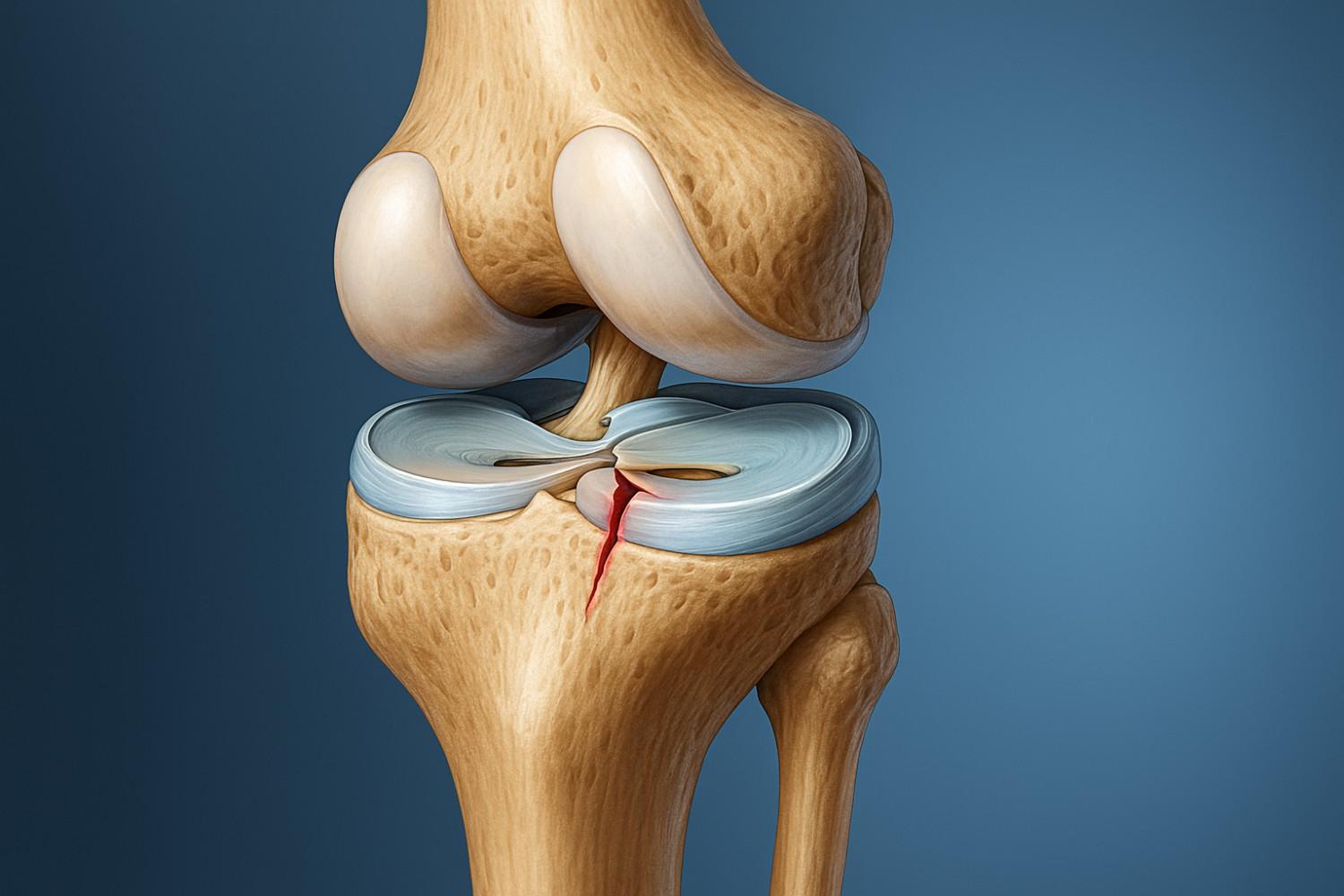
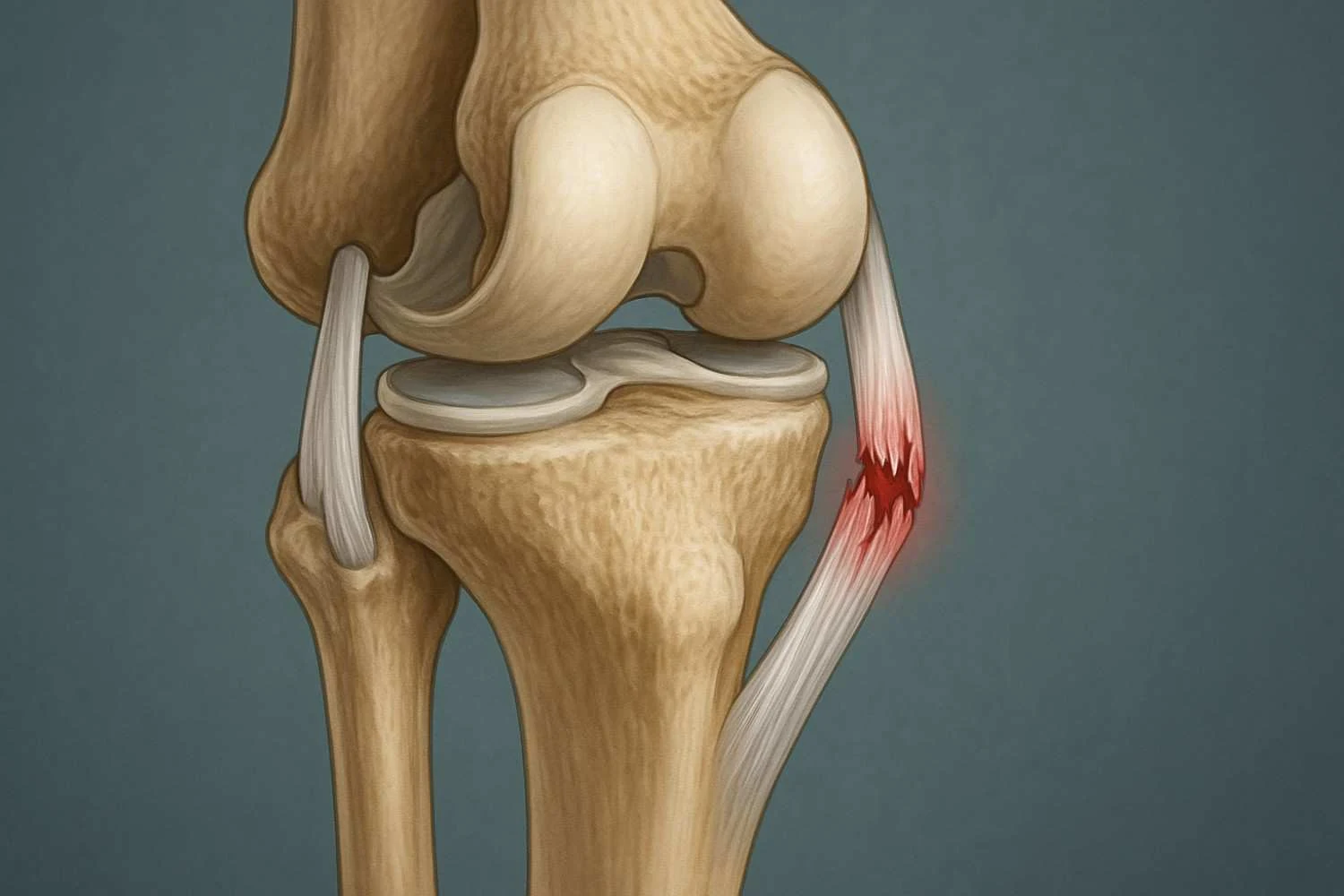


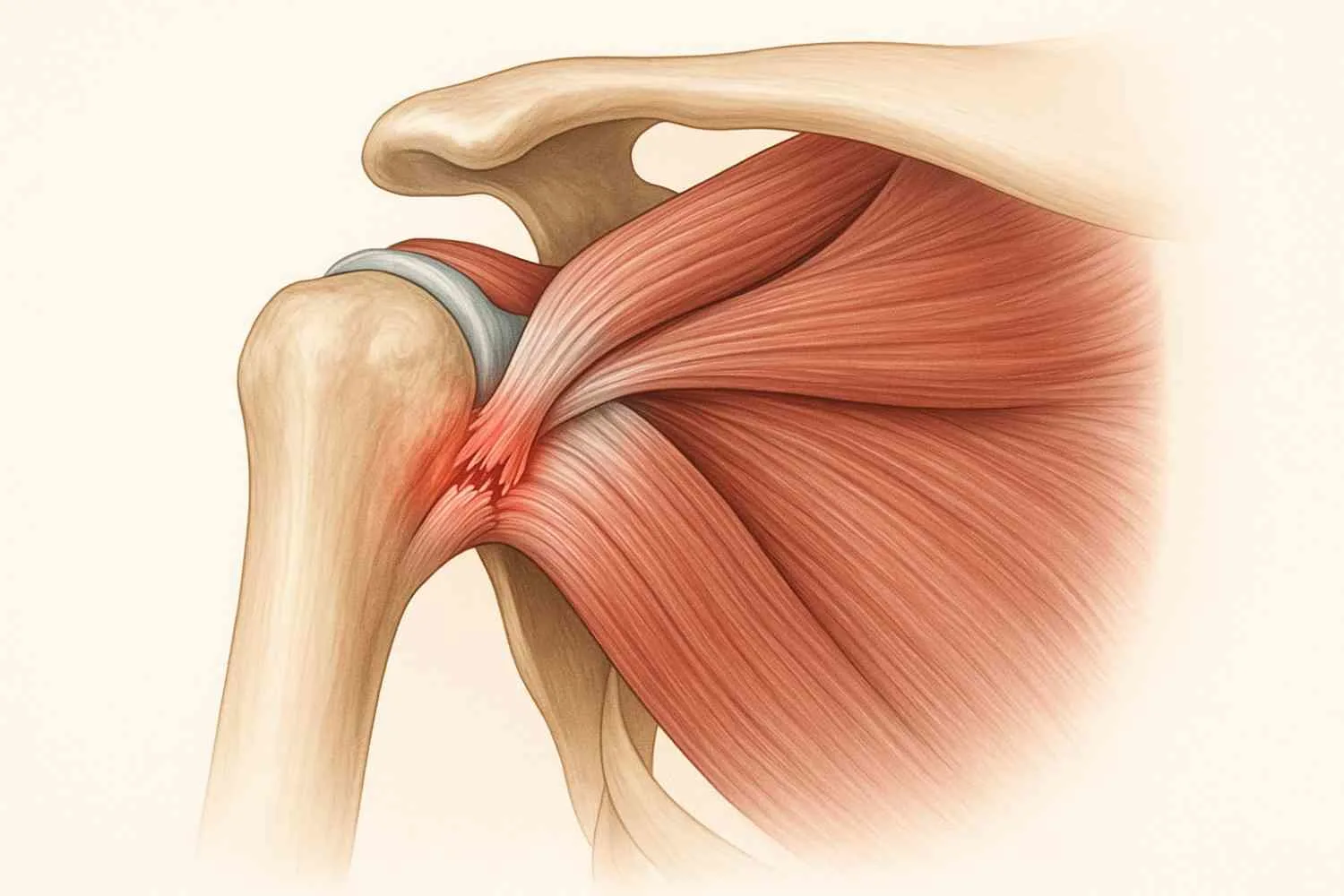










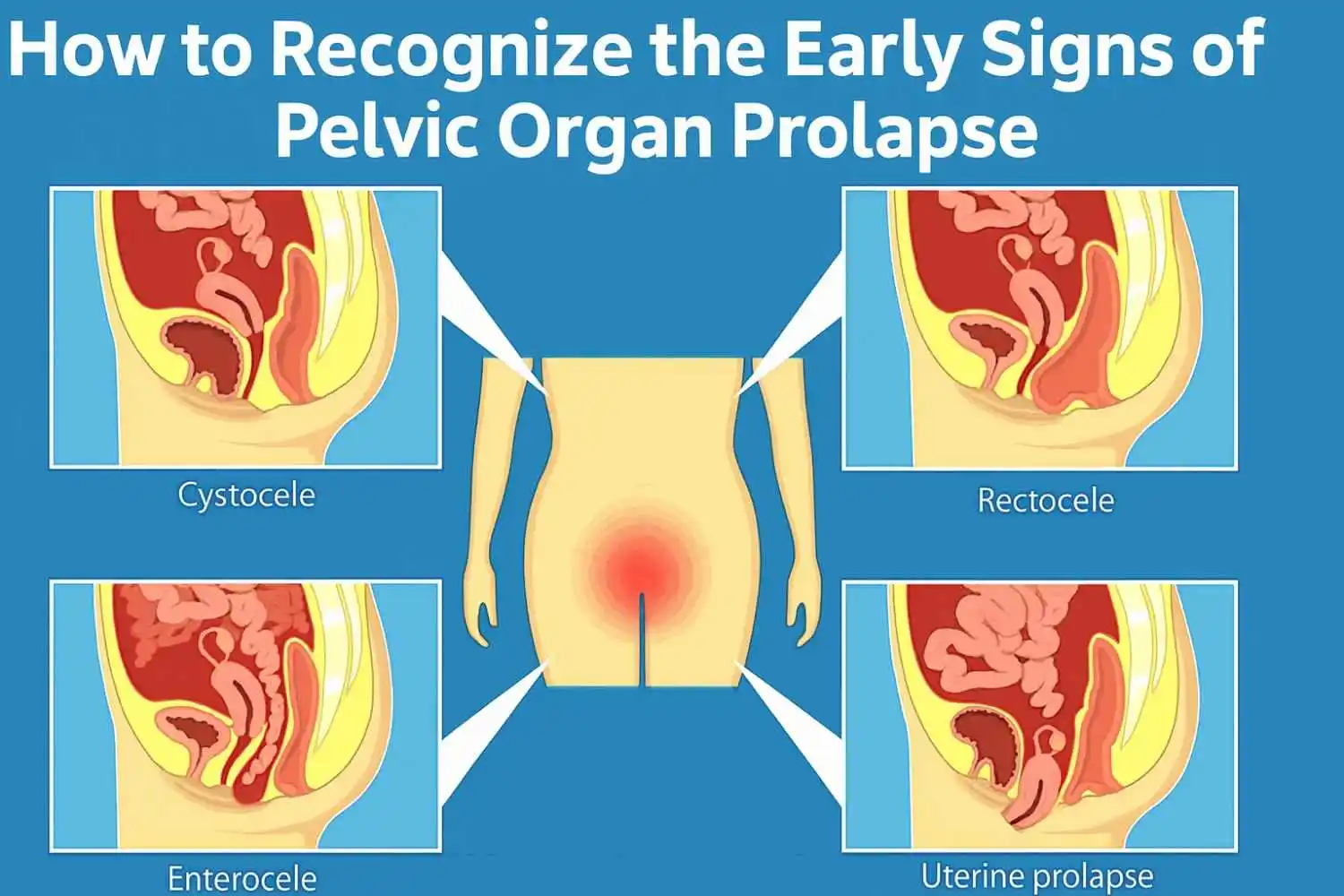
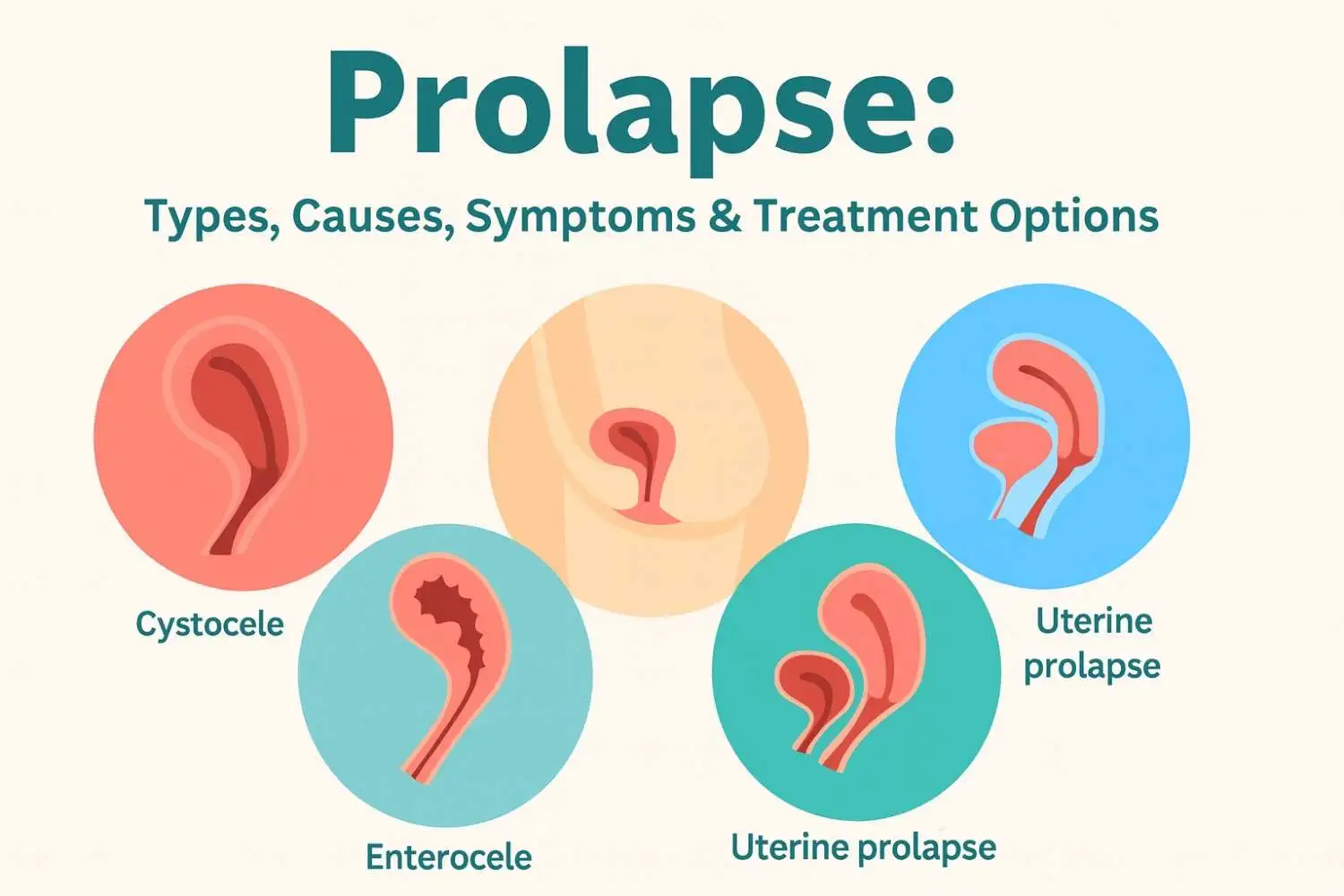









.webp)





.jpg)






































